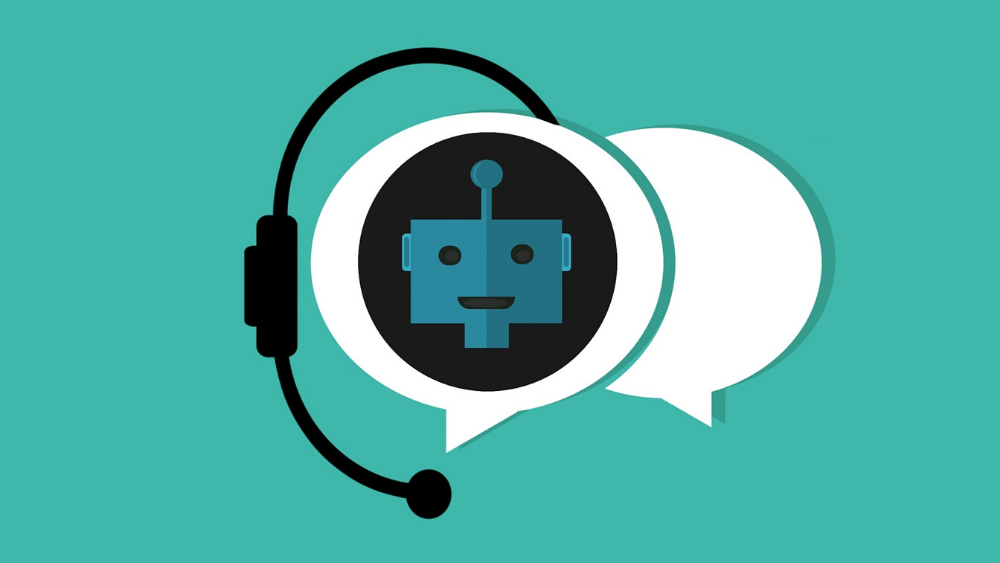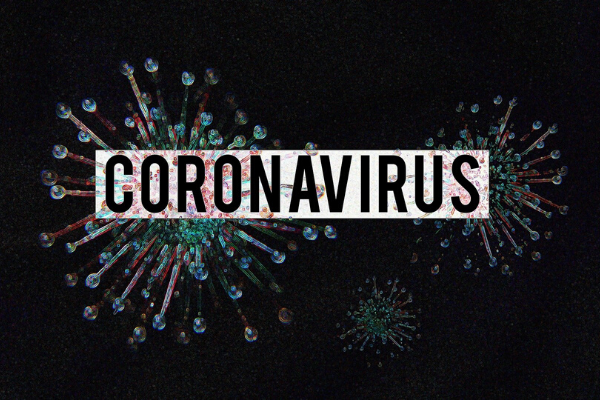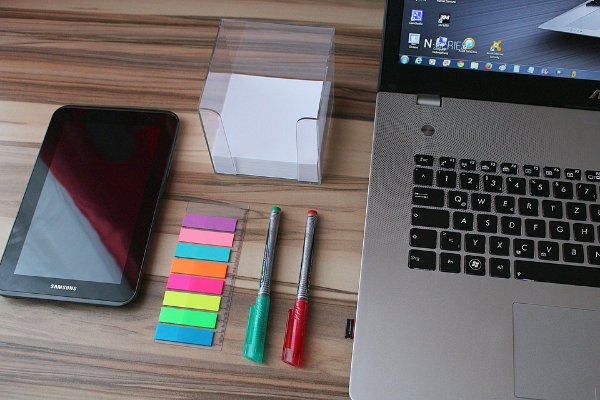Insights
INSIGHTS
All Topics
Coronavirus: How charities can get started with chatbots
24 Mar 2020by Chloe Green
As part of our coverage of the best digital tools for service delivery, we highlighted chatbots as a solution for keeping in touch with service users. Here’s how to get started
The chatbot as a tool for delivering information to large groups of people is having a bit of a moment. In the US, CDC (Centre for Disease Control and Prevention) has launched a ’coronavirus symptom self-checker’ chatbot for people unable to access healthcare services while under isolation, providing links to more information and advice on next steps. And now the NHS is reportedly in conversation with WhatsApp to build a chatbot to crack down on ’fake news’ and give people up-to-date information about the virus. Facebook is doing similar.
What this shows us is that chatbots are far more than just a novelty when it comes to efficiently delivering vital knowledge and advice, especially during times of social distancing measures when digital channels are becoming crucial information sources. But why chatbots over other ways of delivering such digital information?
A chatbot is a system that automatically engages with a user’s messages, responding according to certain keywords and mimicking the flow of a real conversation. As we’ve seen with recent examples, they can be a convenient way for charities to help people access complex information and even donate, leaving staff and volunteers to focus their efforts on other work. We’ve put together this quick guide to getting one set up.
1 – Define your chatbot’s usage
It’s the task of charities to step in and make sure they’re still providing their vital information services to people now that they’re increasingly going online to access them. Chatbots can be great ways of doing this because they’re simply very convenient and save time for both service users and charities, by automating the response to commonly asked questions and helping people to get straight to the information they need instead of having to dig through a website.
The first questions any charity needs to ask are: Who will the chatbot be aimed at? What support areas we provide could really benefit from the convenience of a chatbot? What outcomes are we trying to direct users to? Do we have large numbers of people calling us up about the same questions, and could we automate that?
2 - Choose your platform
Once you’ve established who your chatbot’s audience is and its function, it’s time to decide the channel on which it will sit.
Options include Facebook Messenger, WhatsApp, Twitter or your charity’s website. It’s key to engage people where they are by looking at where your intended audience is likely to be, by looking at key demographic stats on your channels and who is engaging with your charity the most.
Facebook Messenger is arguably the most popular social media channel for chatbots, with over 300,000 talking to users.
A website chatbot, on the other hand, means users can interact while there, without leaving the page, which makes it easy for them to other information or reach a donate page.
3- Collate the content it will connect to
Will your chatbot use information your charity already has access to, or will we need to use a new information source such as government information or that of another organisation? Do you have information on your charity’s website that is otherwise complex to access, that you can make available through a chatbot?
And is there a chatbot already out there that your charity can start using on your website or social media channels (like the Ally housing chatbot), or should you build your own, either through a chatbot development platform, or by using the services of a digital agency that will build one for you?
These are all questions your charity will need to answer first of all.
4 – Give your bot personality (or not)
All conversations that your chatbot has should be defined according to your charity’s tone of voice. Should your chatbot be friendly, chatty and informal, or a bit more serious and no-frills? To keep things engaging for users, you might want to include emojis, images or animated GIFs in your chatbot conversations.
Whatever tone you want to set, it needs to be consistent and appropriate to the type of information you’re giving out, and it should still be an experience users want. It’s a good idea to have clear guidelines in place, and consult your charity’s brand teams or copywriters.
5 - Build out conversation trees
Most importantly, it’s time to decide on the exact conversations your chatbot will have, with answers based on possible responses from users. This conversations can be simple or highly complex, some stopping with just one or two questions, or going into multiple levels.
To do this you’ll need to map out the journeys that a service user or supporter might take. This means mapping out all the probable questions that a user will ask, with the replies your chatbot should give. You can do this in the form of a diagram using shapes and arrows in Google Drawings or a similar programme.
Any conversation will include a welcoming message that ensures you inform people they’re talking to a chatbot and not a human. Will there also be a point when people can be connected with a real person, should they exhaust all the answers the chatbot has? It’s important to set expectations with your users.
As you launch your charity’s chatbot into the real world, it’s also vital to make sure users are monitored as they interact with it, to find out if they are getting stuck or frustrated at any point or they aren’t engaging as you hoped they would, and continuously tweak your messaging and conversation trees.
Chloe Green
More on this topic
Recommended Products
21 Jan 2025by kirsty marrins
How children and young people can be digitally excluded
15 Jan 2025by kirsty marrins
AI and the future of service delivery
14 Jan 2025by Josie Sparling
How digital access challenges impact charities and service users
13 Jan 2025by Ioan Marc Jones
An A-Z glossary of service delivery terms and definitions
Our Events
Charity Digital Academy
Our courses aim, in just three hours, to enhance soft skills and hard skills, boost your knowledge of finance and artificial intelligence, and supercharge your digital capabilities. Check out some of the incredible options by clicking here.



















